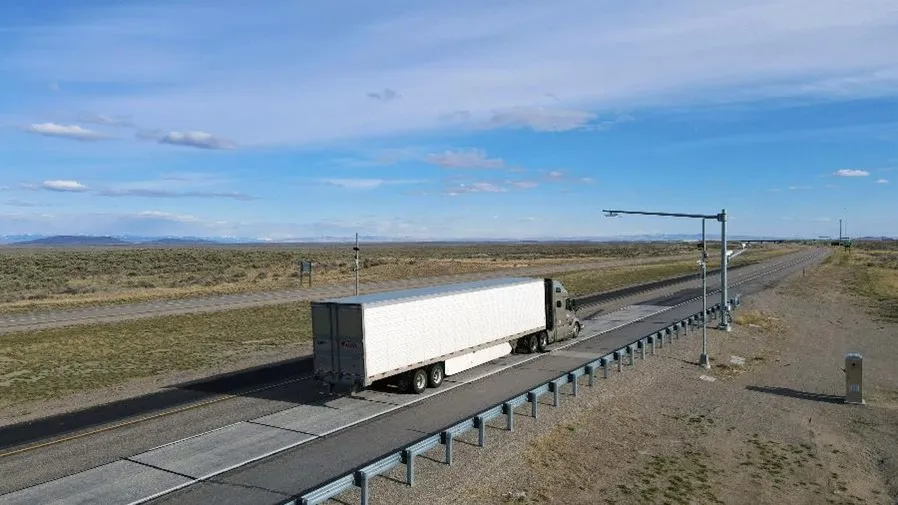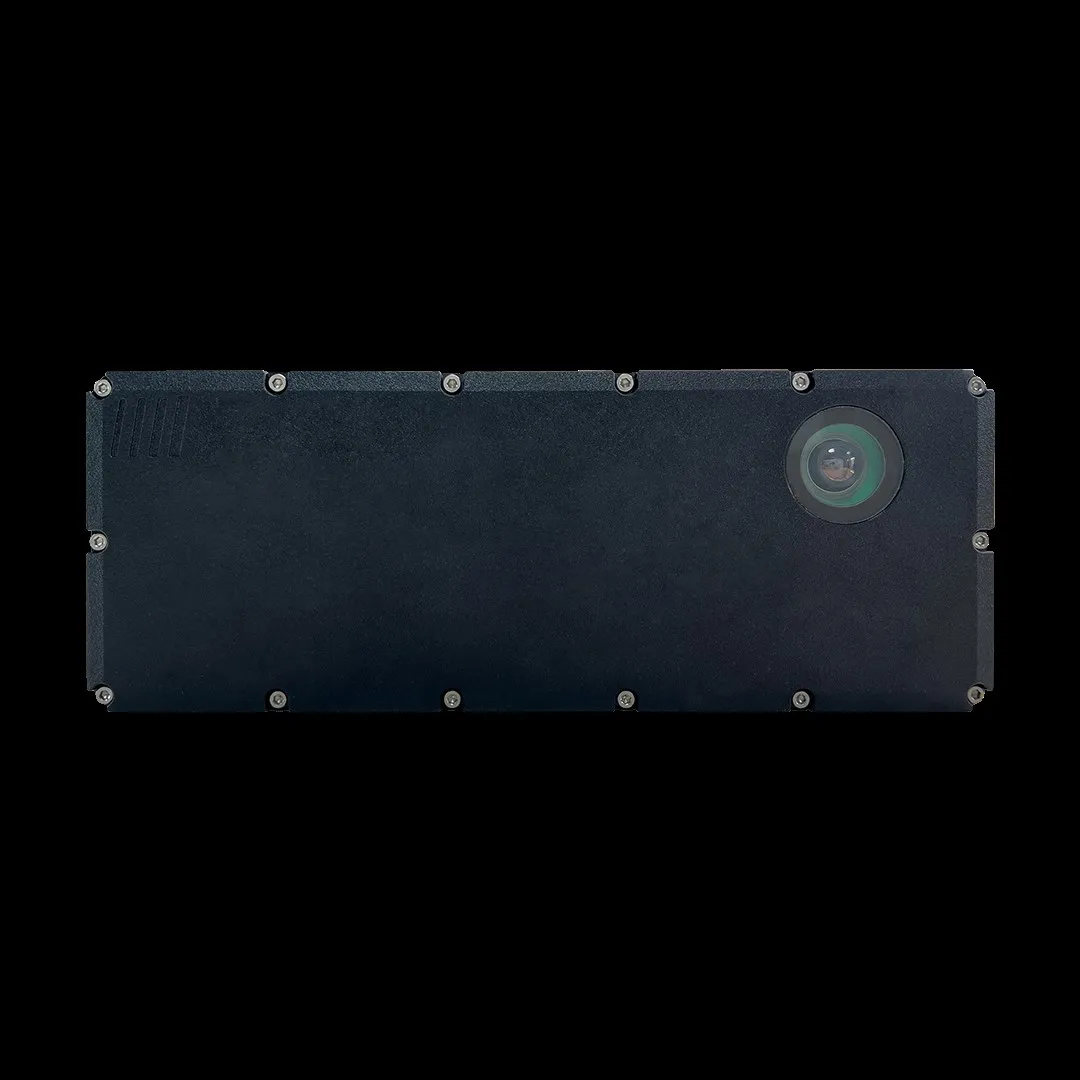
Visitors to ITS America 2016 San Jose will be the first to see a new product from
The real-time UVAS system is designed to provide an affordable, robust and dependable under-vehicle inspection process for all vehicle check points in any terrain – day or night.
Global weigh-in-motion technology specialist IRD says it provides the perfect solution to scan, inspect, and digitally record the underside of any road vehicle.
The UVAS system is mainly for 24/7 remote or temporary service applicable to checking for hidden explosives or other suspicious packages. The system produces a full-colour image of the entire underside within seconds of the vehicle passing over the scanning unit. Images are captured and displayed in real time on a high-definition display and stored for archive on a large-capacity hard drive.
The IRD package includes all the necessary components to set up a temporary vehicle check point. Mounted in a ruggedised fibre case, the main computer elements include a high-performance processor with a large-capacity hard disk drive. Attached to the hinged top is a 22” LCD display supporting resolutions up to 1920x1080. The case is mounted on heavy-duty casters and includes AC outlet plugs supporting operating voltages at 110-240VAC, 50-60Hz.
Included with the system are two separate cameras – one for the driver image / scene camera and the second one for LPR. The camera housing contains high-intensity LEDs with a high-speed scanning camera that is programmed to capture the undercarriage of a moving vehicle up to a speed of 30 km/h.
Images are instantly displayed and processed in real time for analysis.










